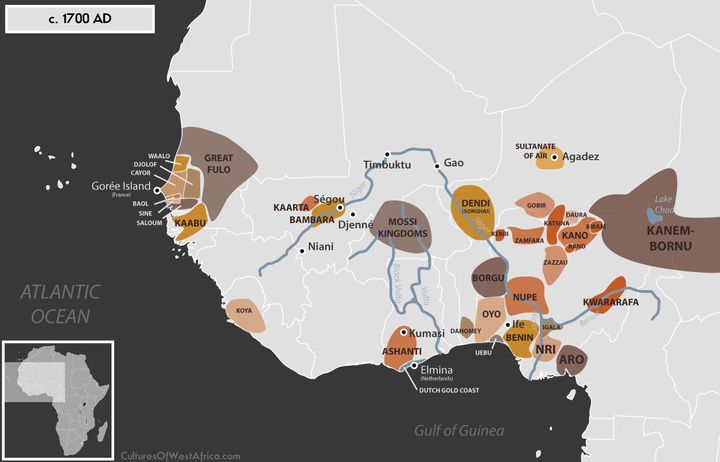During the early modern era, comprised by the three centuries from 1450 to 1750, colonies in the Americas preserved preexisting European social structures while establishing novel and complex racial hierarchies. In the Spanish colonial society on the lands of the Aztecs and the Incas, Spanish males remained as authoritative in both government and commerce as they had been in Spain. Although settled in the Western Hemisphere, they also continued to consider themselves politically part of the Spanish monarchy. However, the economy of this Spanish settlement heavily relied on the labor of the colonized region’s indigenous peoples, who were not identified as slaves but were treated with similar brutality.
The Spanish consummation with the idea of pure blood led to the development of racial disdain based on the perceived legitimacy of one’s birth, derived from native women’s hopes for a more stable life after having children with a Spanish male. Despite the slight softening of sharp racial divisions credited to the mestizx population, discrimination associated with colorism within the Spanish colony persisted. Furthermore, racially driven clashes as correlated with association by nation of birth occurred even between Spaniards born in Spain versus in the colonies due to the animosity of the latter towards the former’s claims to superiority.

Meanwhile, in the sugar colonies of Brazil, Europeans brought Arab methods of sugar production to the New World and continued to use slave labor as the driving force of the extensive industrial technique, as it traditionally had been. The enslavement shift to importing people from Africa to European settlements created many and clearly distinct racial groupings in the colonized areas of Brazil, where the multiracial population, while substantial, was extremely disparaged. This change in labor source also promoted previously existing gender injustices, as female slaves endured the same cruel treatments while still having less rights than male slaves.
Due to the absence of such a prominent multiracial population as existed in Brazil in North America, the British settlers formed resistance towards even acknowledging non-Caucasian people in their colonial society, instituting an immensely specific racial categorization method characterized by identifications of “red” natives, black Africans, and white Europeans. Alongside this social system within the British colonies of North America, the settlers also recreated Britain’s disputes between the royal power and Parliament, with colonial elected congregations serving as mini parliaments to maintain some control against the imperial rulers.

European settlers’ sharp racially based hierarchical institutions within their colonies in the Americas in addition to their continuations of preceding civil structures indicate the fundamental human nature to classify then rank peoples within a society.
Sources:
Robert Strayer and Eric Nelson, Ways of the World: A Brief Global History with Sources, vol. 2: Since the Fifteenth Century, 5th ed. (Boston: Bedford/St. Martin’s, 2022)



